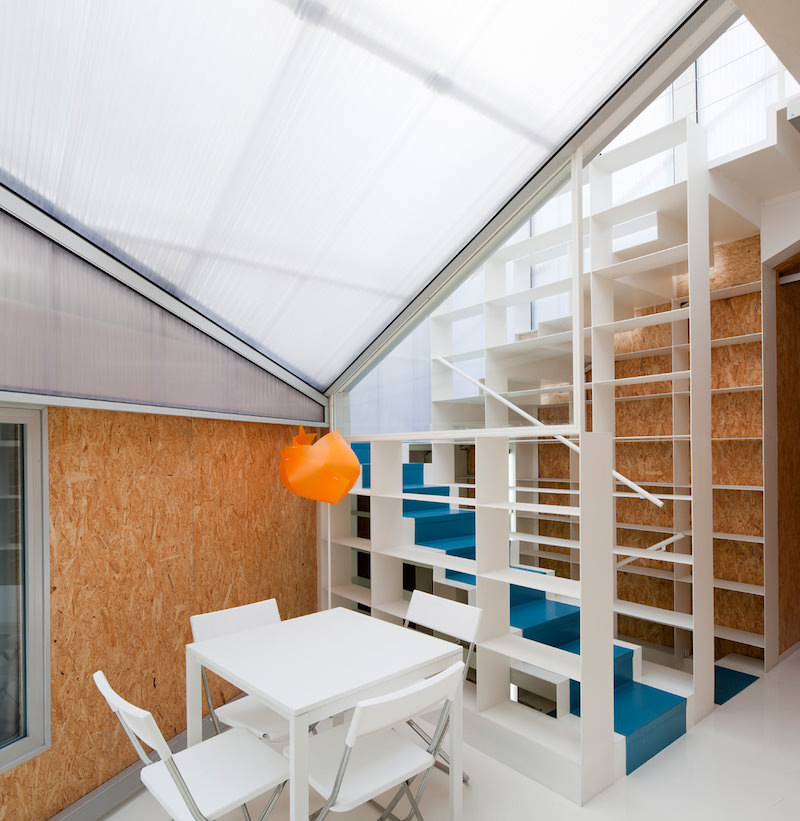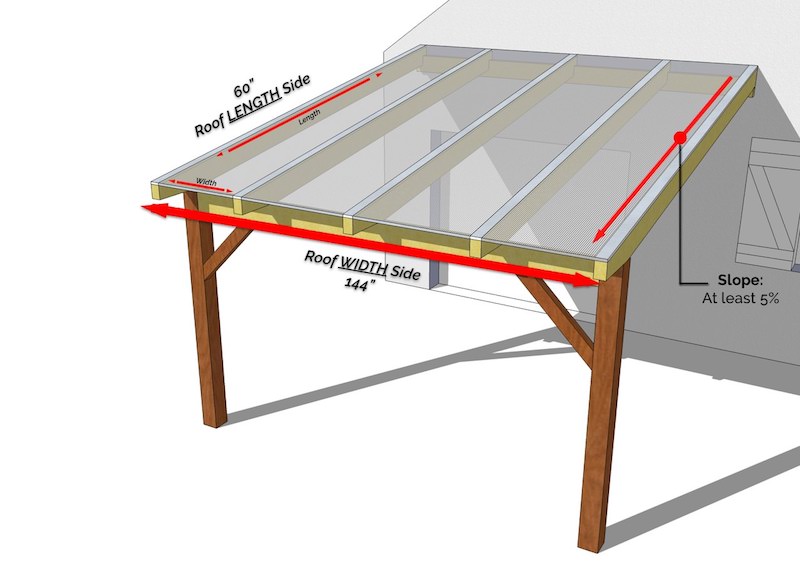Custom Quote Request
Please fill out the form below and a ePlast representative will contact you regarding your request as soon as possible.
We look forward to the opportunity to assist you..

When looking for a translucent or transparent solution for your next home improvement project, the solution that always comes to mind is Glass. It seems that options are limited to this known material. But it’s not; there is a relatively new plastic material (discovered by Bayer in 1953) that is less expensive, lighter, higher impact resistant and isn’t limited in its range of use compared to glass. We are talking about Polycarbonate.
Polycarbonate addresses all the disadvantages of Glass and brings two new advantages: thermal insulation, and no required expertise for the installation. For this reason, polycarbonate is very popular in Europe, Asia, and South America where more architects opt for Polycarbonate sheets on projects big and small. Polycarbonate Sheets can be extruded in different thicknesses for improved structural integrity and greater thermal efficiency.

The increase in acceptance in the architecture environment has allowed manufacturing companies to bring even more innovation to this material: warranties are extended, different colors are available, heat treatments can be co-extruded to the surface and new UV technology has improved the longevity of the product. In addition, manufactures have created new modular panels for building vertical walls, windows, and roofs. Walls and roofs made with polycarbonate are more affordable (compared to Glass), bring natural light inside the building, and increase the thermal efficiency by passively heating the interiors.
Applications don’t stop with residential houses or commercial buildings, as explained by a post from The Telegraph where they state… “polycarbonate is one the best solutions for greenhouses”.
Greenhouses, Privacy screens, Room Dividers, Fences, Walls, Roofs, Hurricane window protection are just some of the ways polycarbonate sheets and panels can be used. The variety of applications can also increase if we consider the polycarbonate sheet’s ability to bend. The bending radius depends on the thickness of the panel and should not exceed the recommended force that is indicated by the manufacturer of the sheet. Check with the manufacturer to determine the radius of the sheet you choose.

Since it’s extruded, the profiles of the multiwall can be done in different wall configurations defining the structure of the polycarbonate sheet : the most common are the uniform cross-sections (vertical and horizontal interior walls) and the X-structure. The thickness of panel, combined with the air between the flutes determine the thermal insulation coefficient. Moreover, the extrusion can be virtually infinite: for this reason, we see polycarbonate sheets on the market that have a fixed width (determined by the manufacturer’s extrusion die) and length of any dimension. Thickness can vary from 4mm to 40 mm.
If polycarbonate is left untreated, the amount of light permitted to pass through is generally high. Today, different colors are available with different light transmission. The most common are clear, opal, “orange peel” and bronze. Bronze and opal help control solar heat gain, while clear, “orange peel” and opal bring a very diffused light transmission to your interior. For this reason, these are the colors most used in walls and facades and greenhouse applications. Colorful polycarbonate sheets, are beautiful to see but normally require a moderate order amount to let the manufacture start the production.
Polycarbonate sheets will always be installed with length side (the one following the ribs) along the slope.

For our patio, we’ll need 3 sheets with the length side of 60”. Sheets must always be joined on the length side by an H-profile (either polycarbonate or aluminum) that join the two sheets preventing water leaks. In this case, the installation would require:
For our patio cover we’ll need 2 sheets with the length side of 60”. As we know, sheets must always be joined on the length side by an H-profile. In this case, the installation would require:
The simplest method to install the polycarbonate sheets is to use the specifically designed Aluminum or Polycarbonate profiles to join the sheets. When installing always check the frame structure: purlins or rafters (or both)? This is important because you must determine the proper width of the sheets. To install 2 or more polycarbonate sheets on a roof you will need:

The H-aluminum profileis composed of a base and cape. The base must be screwed to the frame as this will allow reinforcement of polycarbonate roofing when the cap is then applied.
The one-piece polycarbonate H-profile must not be screwed to the frame. This one is recommended for polycarbonate sheets up to 16mm and is easier to use when your roof has “purlin” support or a combination of purlins and rafters. Your sheets will be secured by the screws and washers being applied directly through the polycarbonate sheets. (see manufacturers specifications for installation before every job)
The U profile lets you close the top and bottom edge of the width side of the polycarbonate sheets. Choosing polycarbonate or aluminum material is just a matter of personal taste but it must be applied only after the solid aluminum and vented tape have been applied.
Screws allow you to fasten the polycarbonate sheets to the frame. They must be used with the proper washer/neoprene gasket that must be applied between the screw head and the polycarbonate sheet. The gasket with its neoprene layer at the bottom and galvanized steel at the top distribute the stress evenly on the surface and seal the hole from water infiltration. When pre-drilling the hole for the screws, always consider the thermal expansion of the material by drilling a hole 1/8” wider than the screw thickness. The gasket will prevent any water leaks.
When cutting the polycarbonate sheets, use a circular saw with plywood blade (80+ teeth) or jig saw with fine tooth blade. Always cut the sheet before taking off the protective PE film otherwise the static charge will attract fine chips to the flutes. For thinner sheets below 6mm in thickness you can use a utility knife.
In conclusion, when installing a roof, you have a variety of material solutions. The adoption of plastic materials is increasing year after year due to their versatile and ease of installation. Here is a brief comparison of advantages and disadvantages:
Glass |
Polycarbonate |
Advantages
Disadvantages
|
Advantages
Disadvantages
|
Business entities (Distributor, Fabricators, General Contractors) might benefit of a wholesale discount and / or special terms. To open an account, submit the form below. We'll get back to you after reviewing the information with details on your terms.